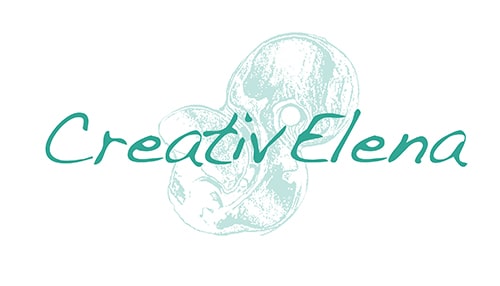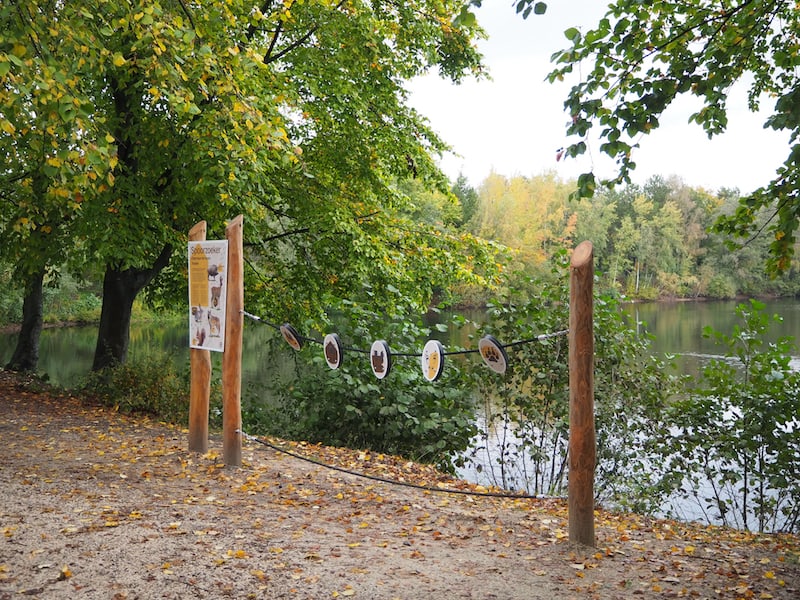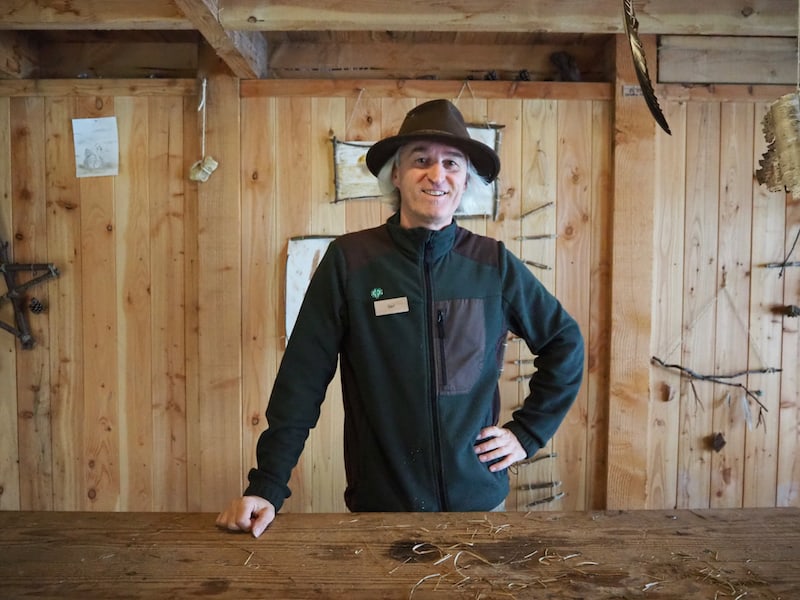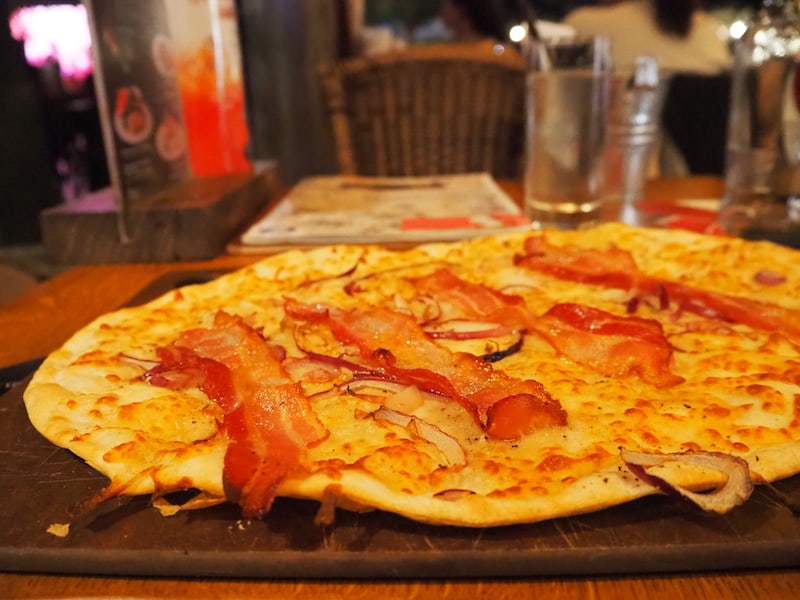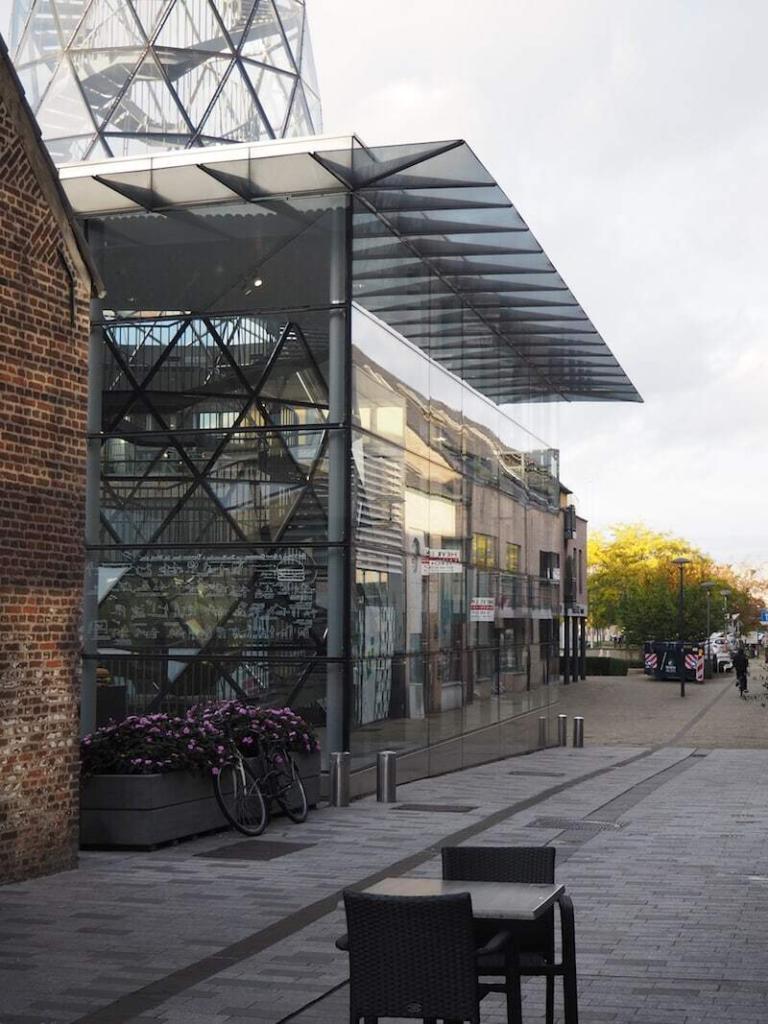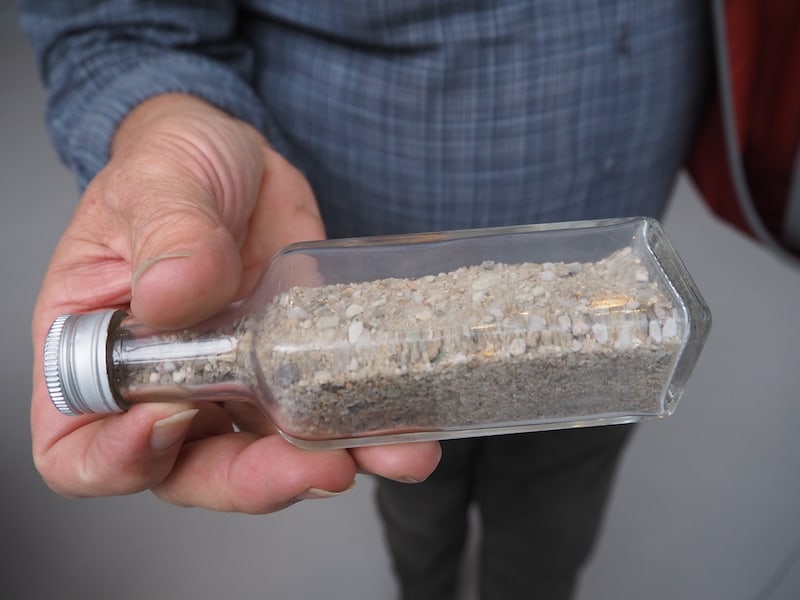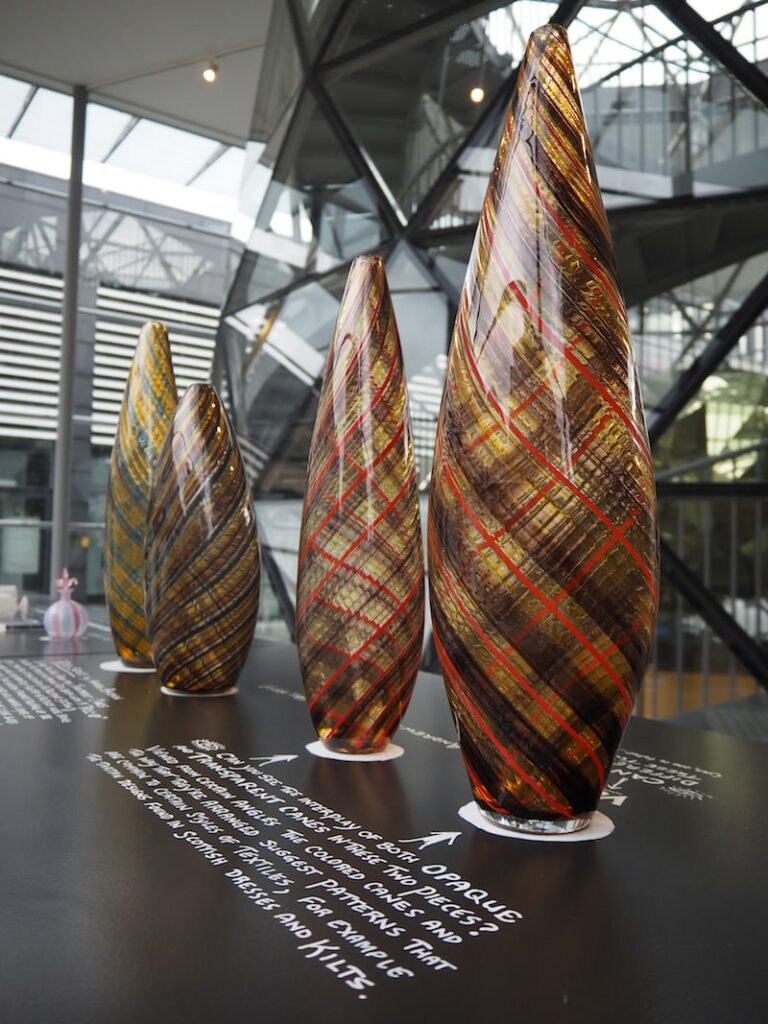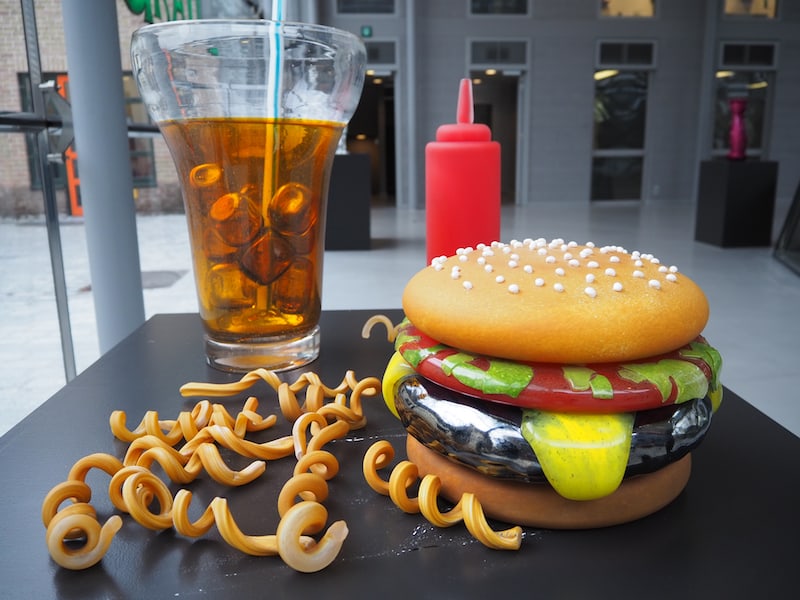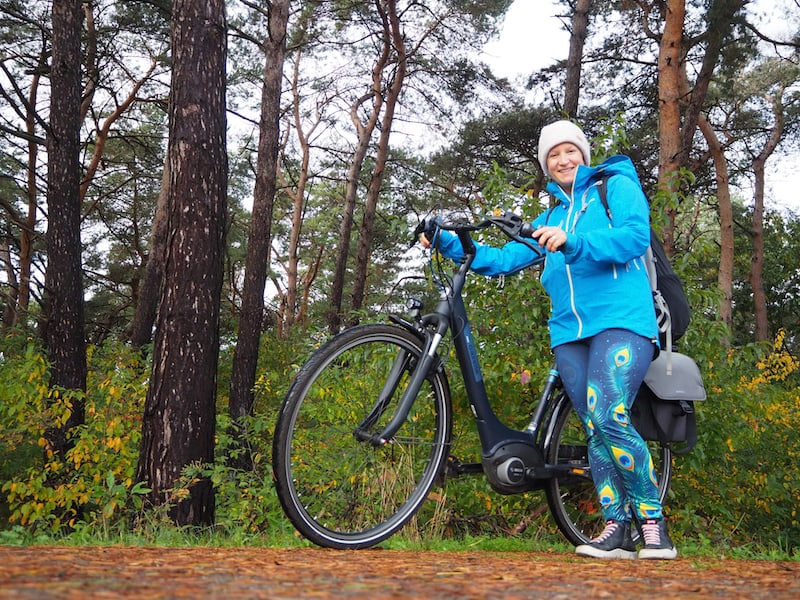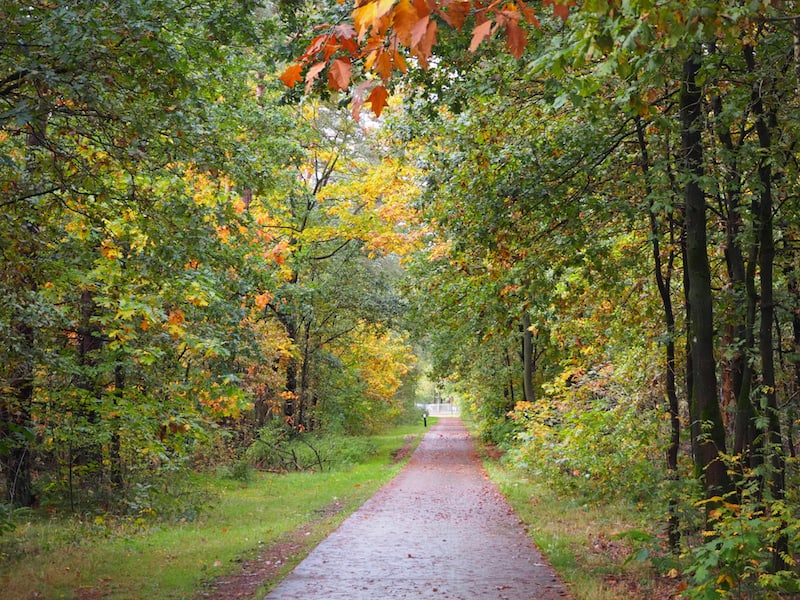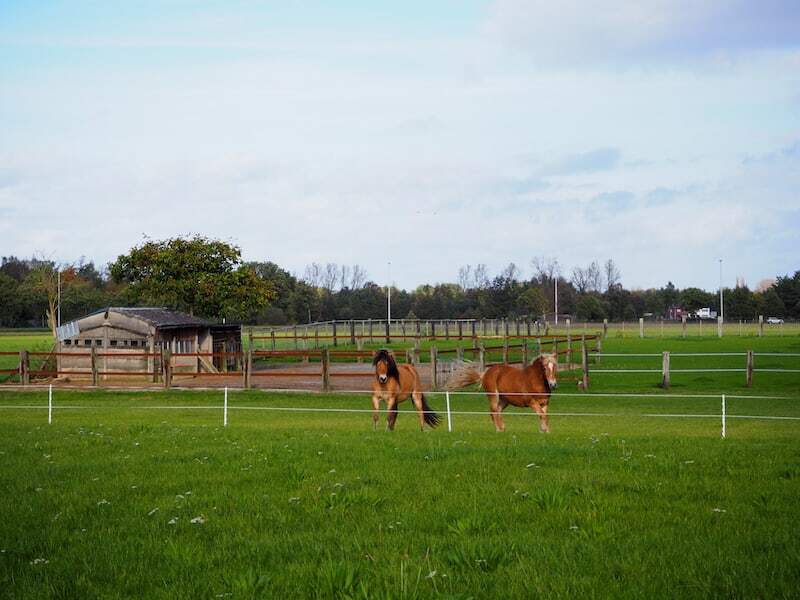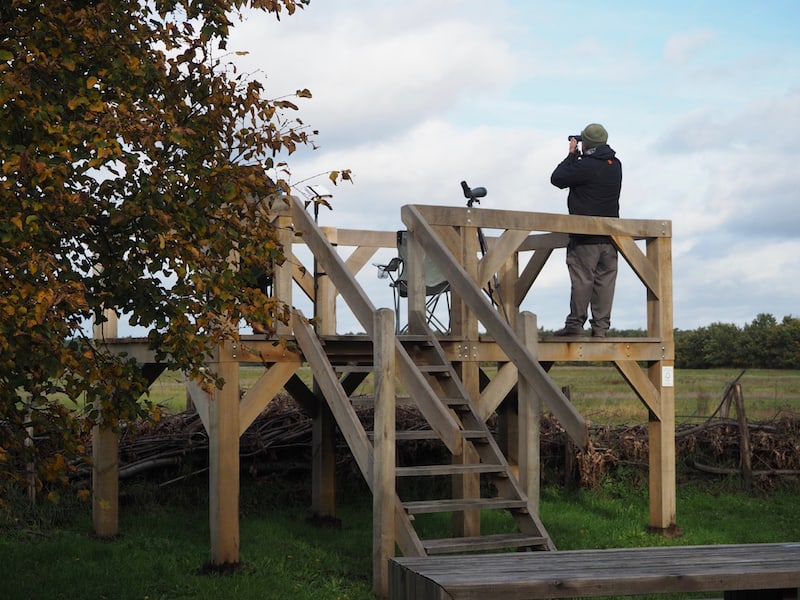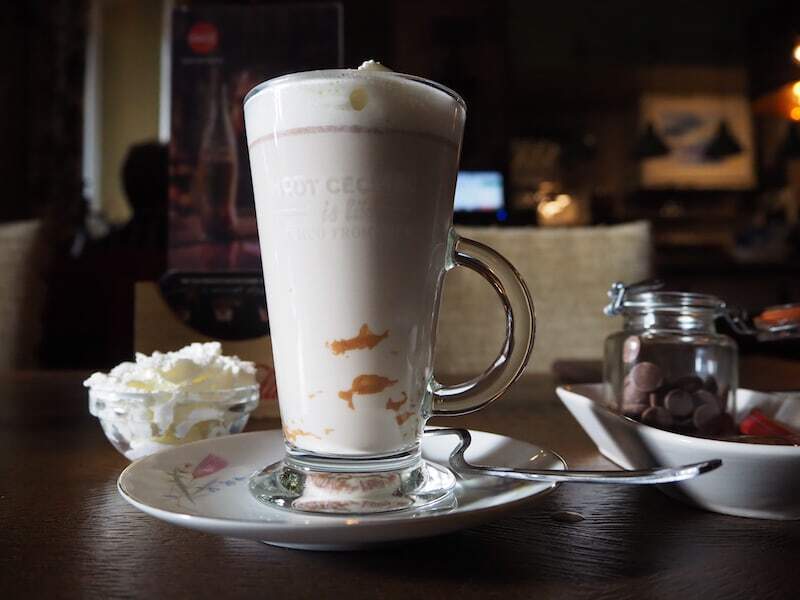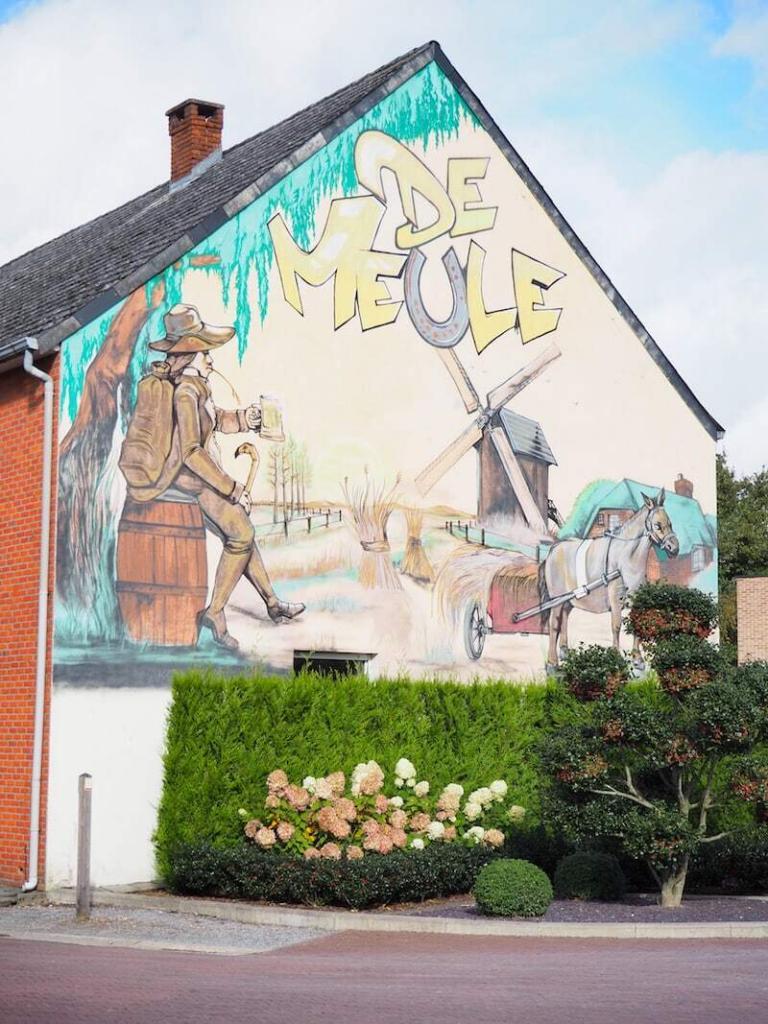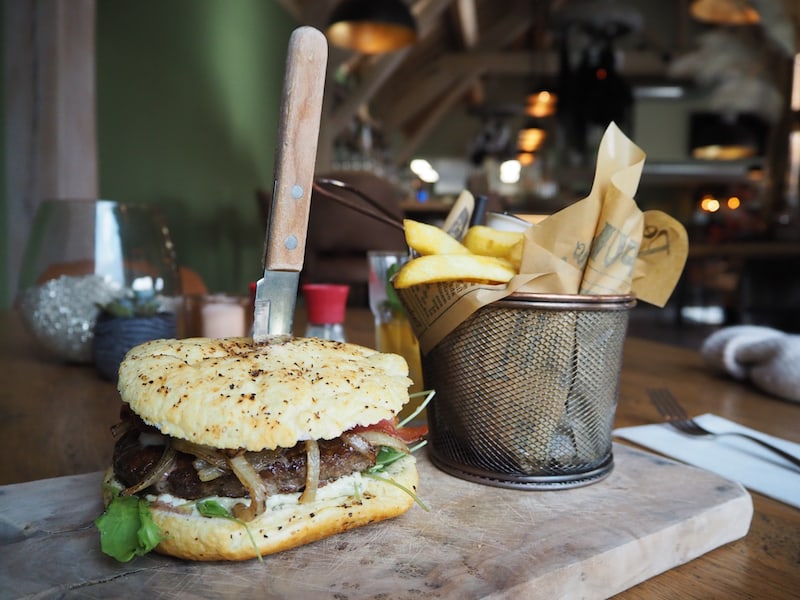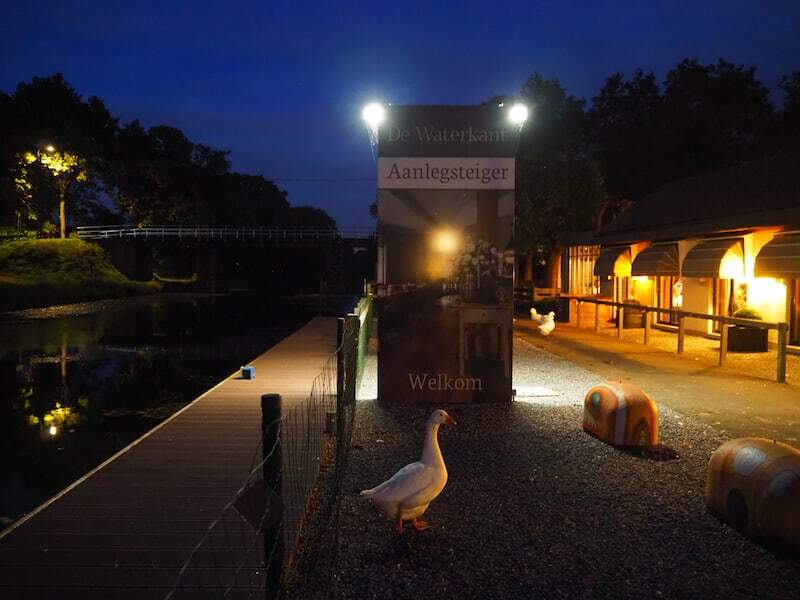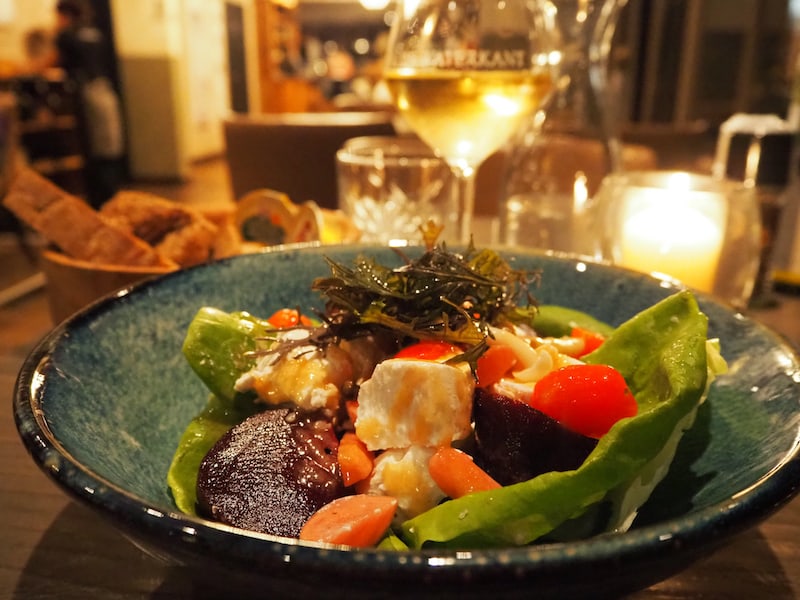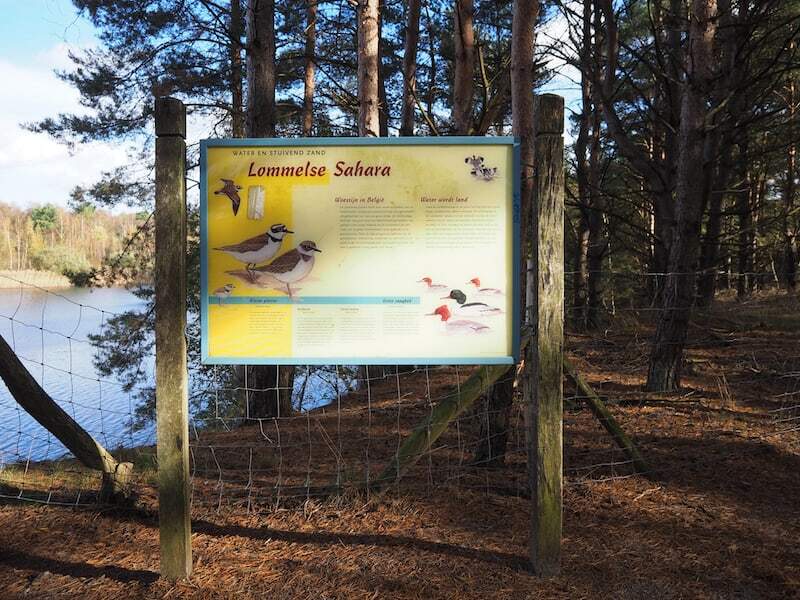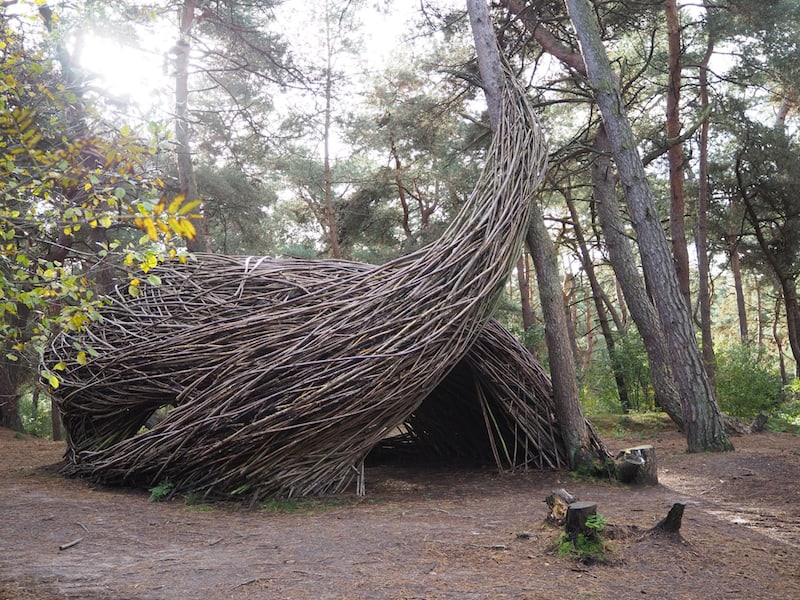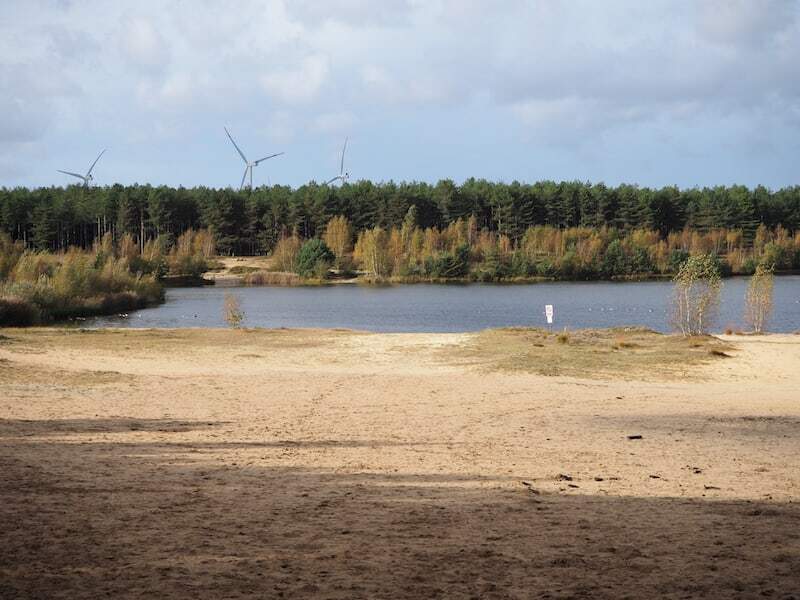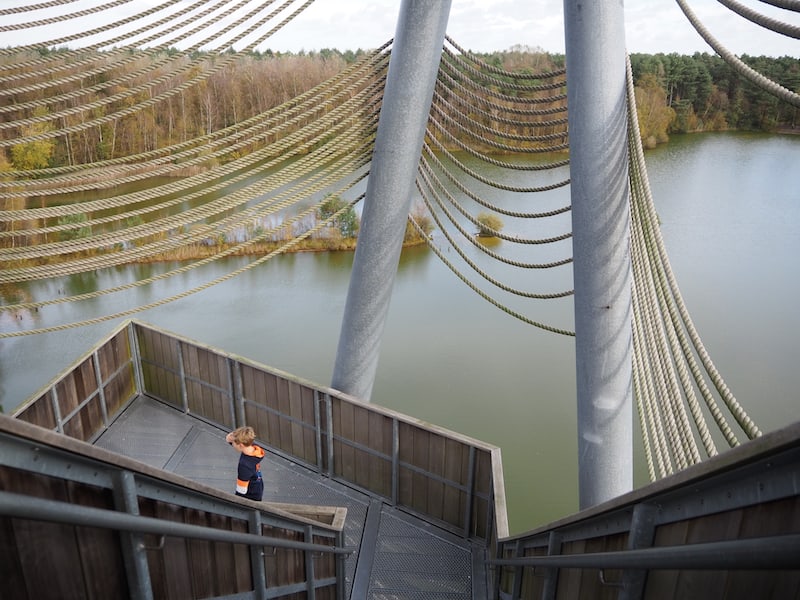The north-east of Belgium welcomes me to a landscape not unlike that of the Canadian forests. Every now and then, I have to blink to reassure myself that I’m not travelling through the vastness of North America, but through another beautiful country right here in Europe.
Belgium, at least to me, always meant travelling to cities like Brussels, Antwerp, Ghent or Ostend, as well as enjoying the famous Belgian chocolate, or the typical frites (Belgian fries)!
This trip, however, opened my eyes to some of the truly spectacular natural landscapes beyond the cosmopolitan hustle and bustle of the main towns.
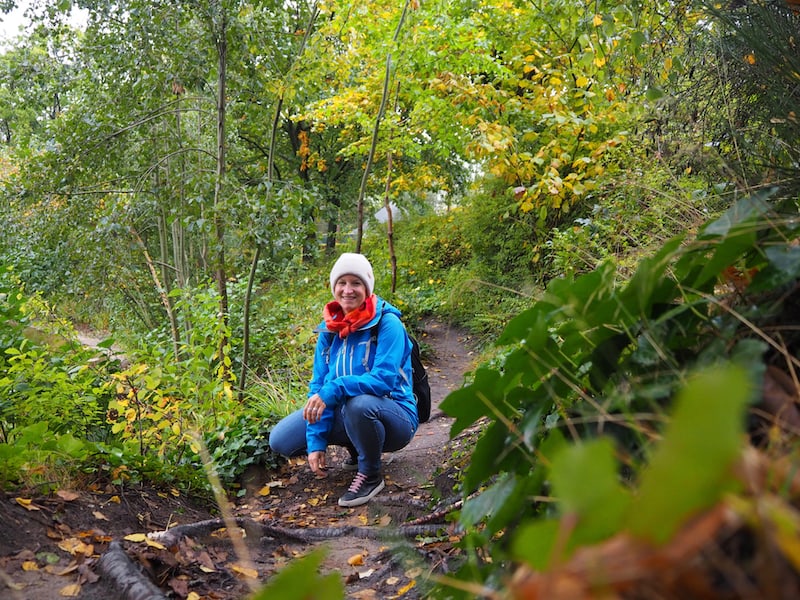
Colourful nature greets me at Center Parcs De Vossemeren, in the far north-east of Belgium near the border with the Netherlands.
Center Parcs De Vossemeren: Enjoy Nature with Comfort
What Center Parcs have achieved is quite unique I believe. Their leisure resorts in Belgium, France, Germany and the Netherlands, where every stay promises a deep experience of nature, appear “park landscapes gone wild”, complete with forests, lakes and natural areas that invite you to take part in a variety of activities.
Now, in autumn for example, there are several nature-based workshops adapted to the season in the so-called “Natuur Lodge”: Carving wood, making a fire, reading animal tracks, identifying autumn leaves and much more. Local ranger Gert confirms: “Our guests are keen to learn more about the nature that surrounds them. Especially when they, like so many others, live in cities and have hardly any opportunities to do so in their everyday lives.”
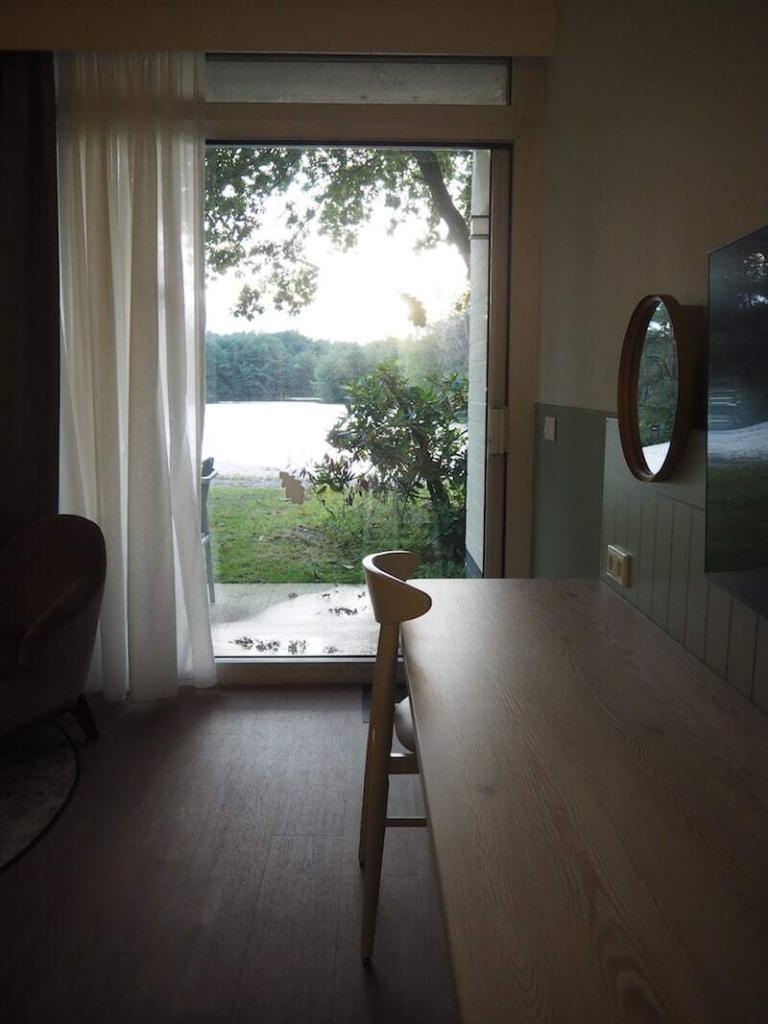
From my hotel room, I walk barefoot across a sandy beach to a small lake with a forest behind it: it’s really idyllic here.
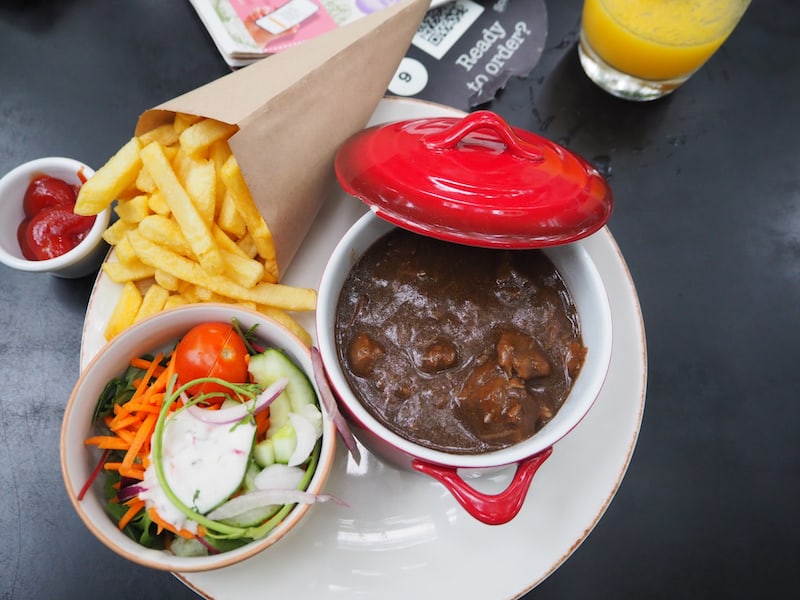
Centre Parcs De Vossemeren offers a wide choice of food and drinks across several restaurants: here you can enjoy a typical Limburg stew with Belgian fries and salad.
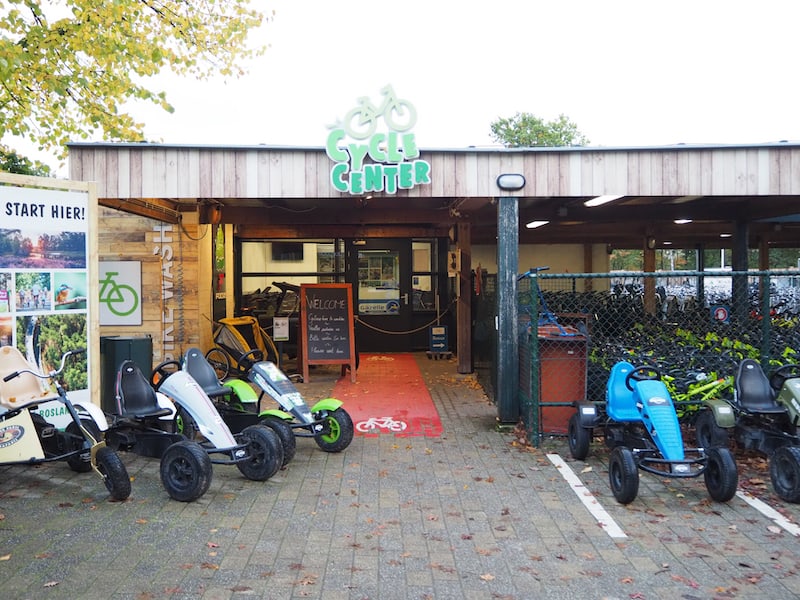
It takes me almost an hour to explore the entire Center Parcs site (on an e-scooter)! It’s a good thing therefore that the “Cycle Centre” offers all types and sizes of mobility scooters.
Lommel and its “Glazenhuis” museum.
Right next to the Center Parcs Resort De Vossemeren is the small town of Lommel with a population of around 30,000. I explore the pretty little town with Fred, a retired teacher and city guide who seems to know everybody around here (at least that’s my impression, given how often he is greeted by passers-by!).
Patiently and with a wealth of knowledge, he explains the history of the town, which is closely linked to glass production. Once home to a flourishing textile industry (and many, many sheep), people now flock to Lommel for its red hot furnaces in the Glazenhuis (glass house) and the fantastic works of glass art made locally.
“What do you need to make glass?”, Fred asks me with a grin, unpacking a few small containers filled with sand. “Why, sand,” I agree, because I already knew that much. However, it was news to me that Lommel extracts that much sand from the ground it is nicknamed “Lommelse Sahara”. Fred explains: “Some sand deposits are up to 300 metres deep! Extraction led to the buildup of sand dunes so great that we named the region Lommelse Sahara, or Sahara of Lommel.” Wow!
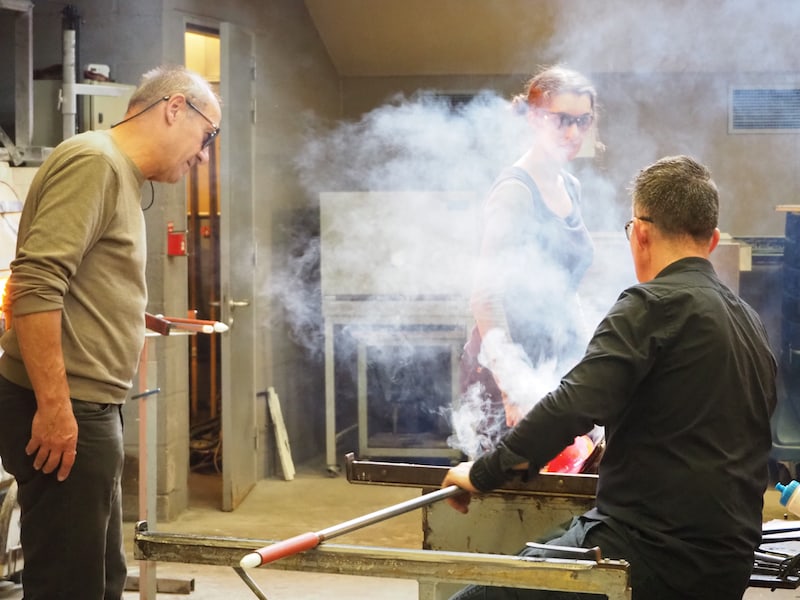
… make up for a successful industry that survives to this day. At the Glazenhuis museum, you can watch the glassblowers at work.
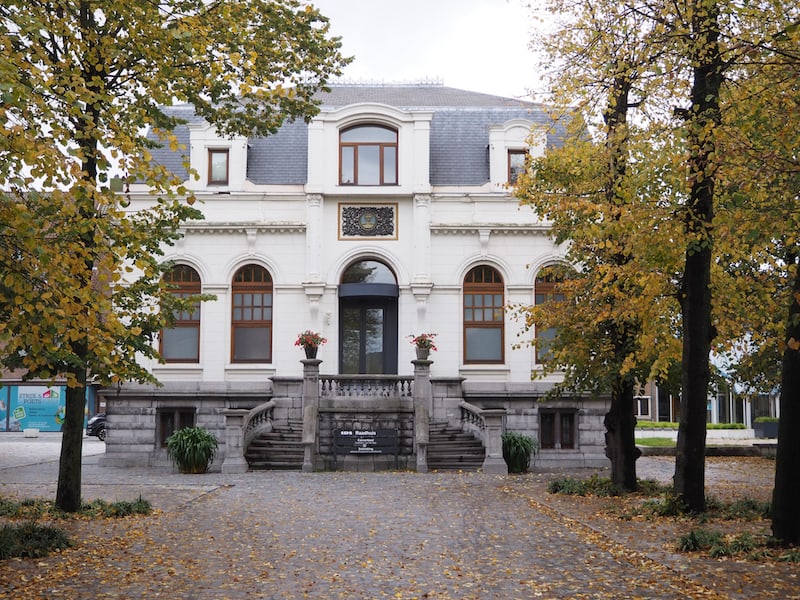
The pretty “Huis van de Stad” is located directly opposite the Glazenhuis Museum on Lommel’s “Heerdgang” street (nomen est omen, as this was also the route once taken by the flocks of sheep through the centre of the town).
Cycling in the Limburg province of Flanders.
One day later, I rent an e-bike to explore some 40 kilometres of cycle paths around Lommel. An e-bike might seem excessive given the flat terrain, but still I’m glad: it’s the wind turbines on the horizon that confirm I’m not just imagining the headwind! Thanks to my e-bike, I find I also have more time to enjoy the many little discoveries along the way.
Speaking of ways: all the cycle paths in Belgium are really well signposted and linked via a so-called junction network. There is a sign with the number of the next cycle path at every junction, meaning I don’t get lost even once.
German Military Cemetery Lommel
After cycling for over an hour, history catches up with me: I pass a huge German military cemetery just outside of Lommel, where almost 40,000 soldiers from the Second World War are buried. Looking at the seemingly endless crosses and memorial pillars, I realise once again that war cannot be justified by anything. Nothing at all.
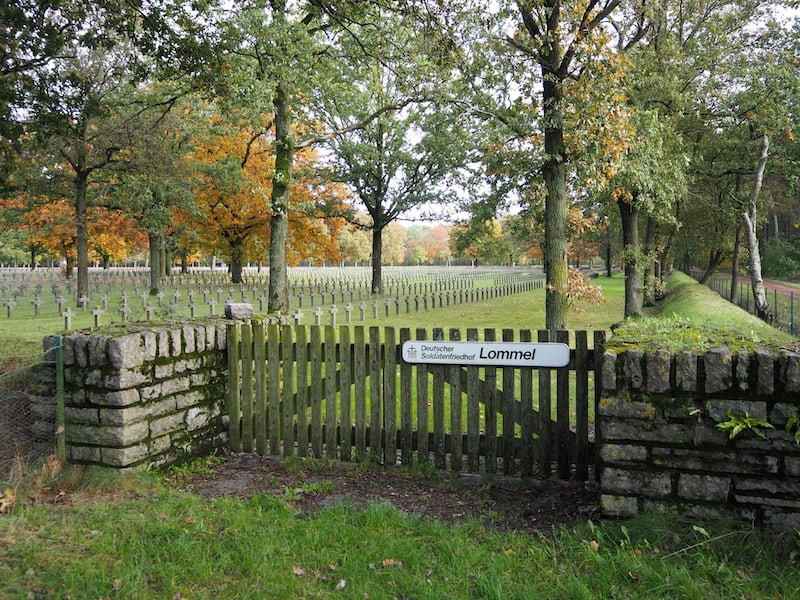
A place like I have never experienced before: The largest German military cemetery of the Second World War in Western Europe is located here.
Bike stop at the Hof Ten Vrede Inn
Fortunately, there is a welcome hot chocolate break offered right next door. An absolute must for lovers of antique furniture (and hot chocolate!), do make sure to stop at Hof Ten Vrede when visiting Lommel and its surroundings.
“De Boom In”: A Unique Treetop Cycling Path!
A little later, I’m back in the present: The large-scale artwork “De Boom In” (Into the Trees) lets me cycle all the way up into the treetops and back down to the ground again! Howe does that work, you may wonder? You can glean it a bit from this photo here, as well as the video at the end of my article.
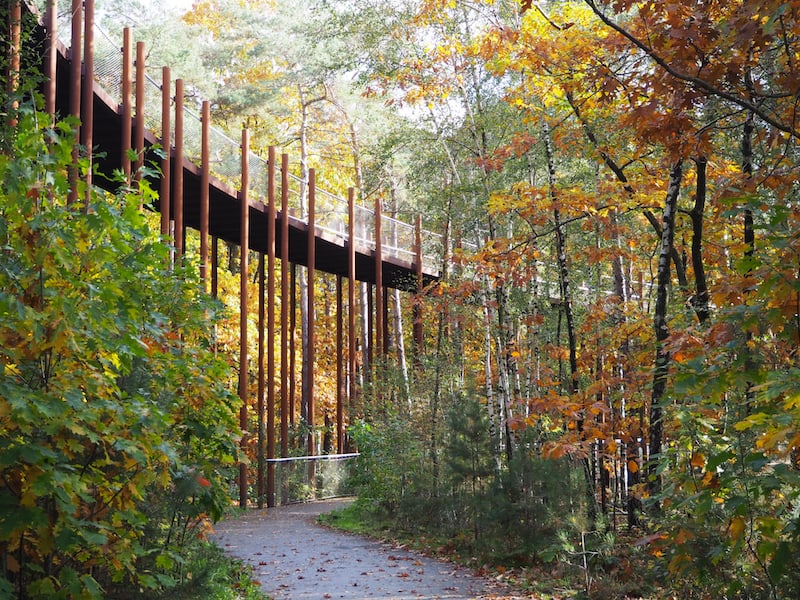
A circular cycle path leads up to the top and down again in a complete treetop circle. Quite fun on foot, but the best way to explore this work of art is by bike!
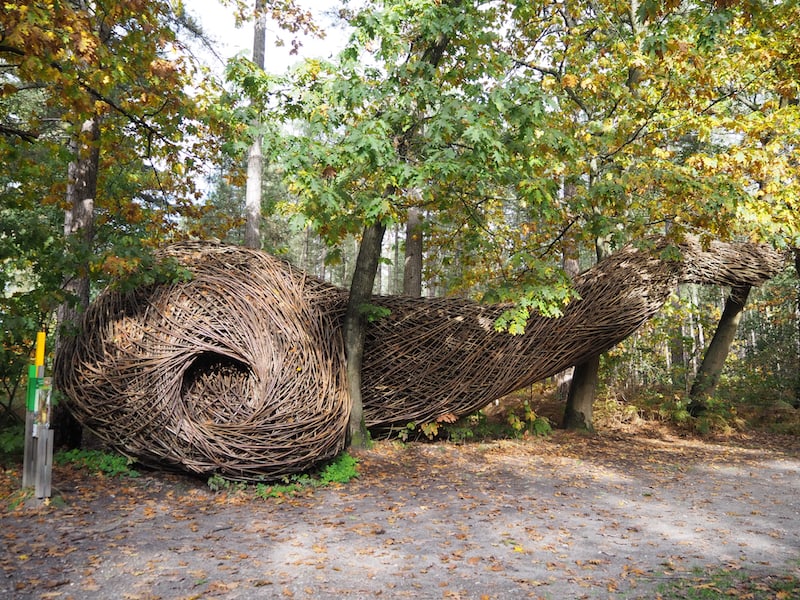
Right next door, I discover another work of art by Will Beckers, who has become internationally renowned for his nature artworks.
Calling all foodies: Visit Brasserie De Meule in Hechtel-Eksel
I stop for lunch a little off the main cycle path and enjoy a really good burger with (you guessed it, Belgian fries!). The little windmill next to Brasserie De Meule is a welcome landmark; the quality of the food and drinks offered here is really top-notch.
Fine Dining in Flanders: De Waterkant in Lommel.
If you are in the mood for fine dining, then I can recommend a visit to De Waterkant restaurant in the south of the city of Lommel. It is located right next to one of the area’s many canals. I am greeted by a few geese chattering and pretty little boats bobbing in the water. Once again, the quality of the food is sensational.
Exploring the “Belgian Sahara” as part of the Bosland National Park.
On my last day in Flanders, I meet up with Fred again to explore a part of Bosland National Park and what remains of the so-called Belgian Sahara. The large sand dunes, resulting from the extraction of sand deposits in and around Lommel, did not exist for too long. First grass, then shrubs and forests grew over them, followed by several lakes fed from underground source waters. Today thus, the so-called Lommelse Sahara appears rather green, blue or brown over just sand-coloured.
Check this out.
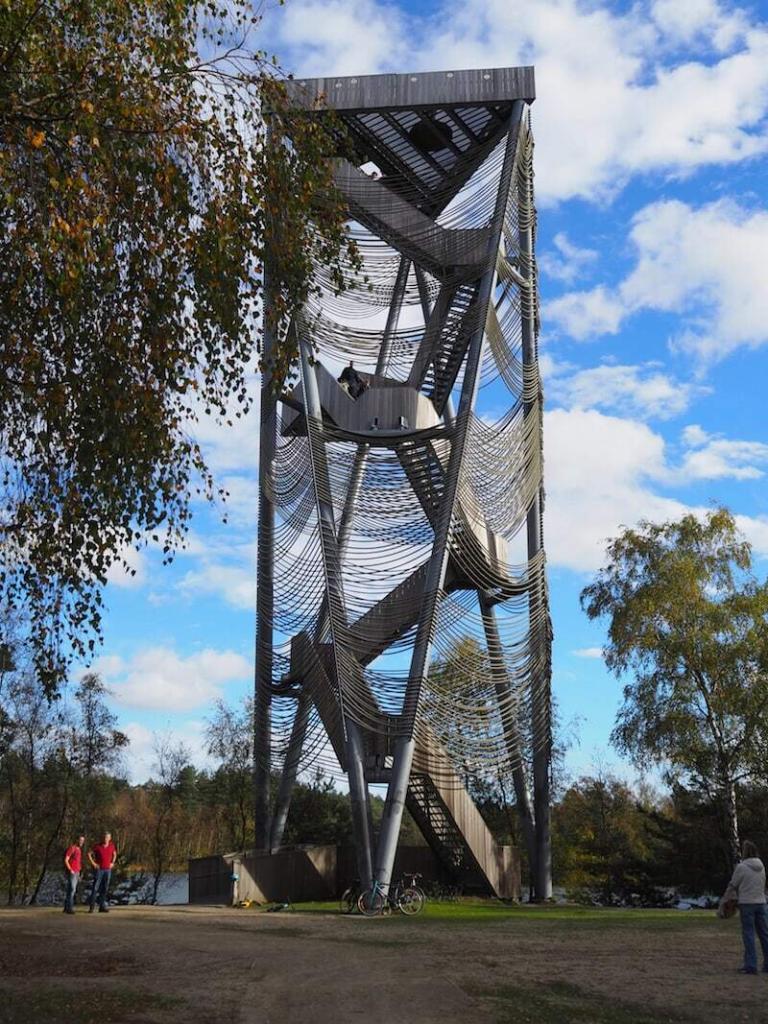
… a magnet for all visitors is this lookout tower that offers views all the way to the Netherlands in the north …
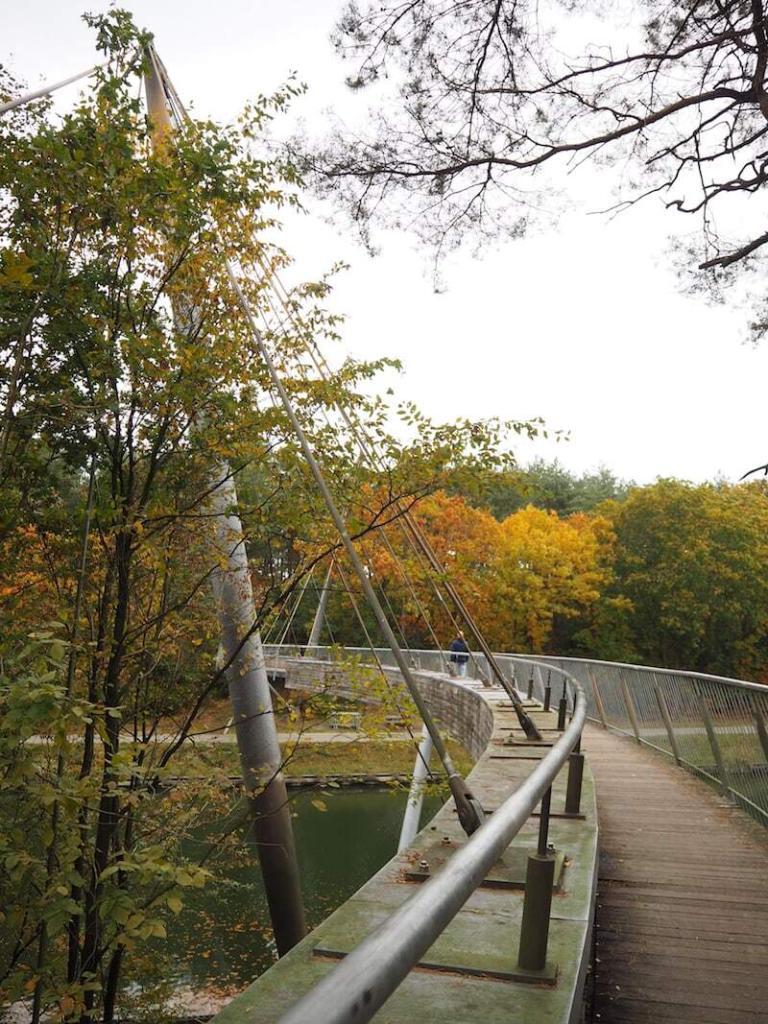
… and would like to say thank you, dear Fred, for showing me in and around your beautiful backyard Lommel.
Natural Flanders: My travel video from this trip.
Fancy even more nature stories from Belgium? My travel video takes you on a journey of discovery.
I have published even more travel photos from Lommel, Limburg and the north-east of Flanders here:
Disclaimer: I have been invited by VisitFlanders on this trip to Belgium. All opinions are my own.
I had a beautiful time in Flanders again! Join me for my Nature Travel in Flanders Zwin Region: Travel tips from Knokke-Heist to Damme.
